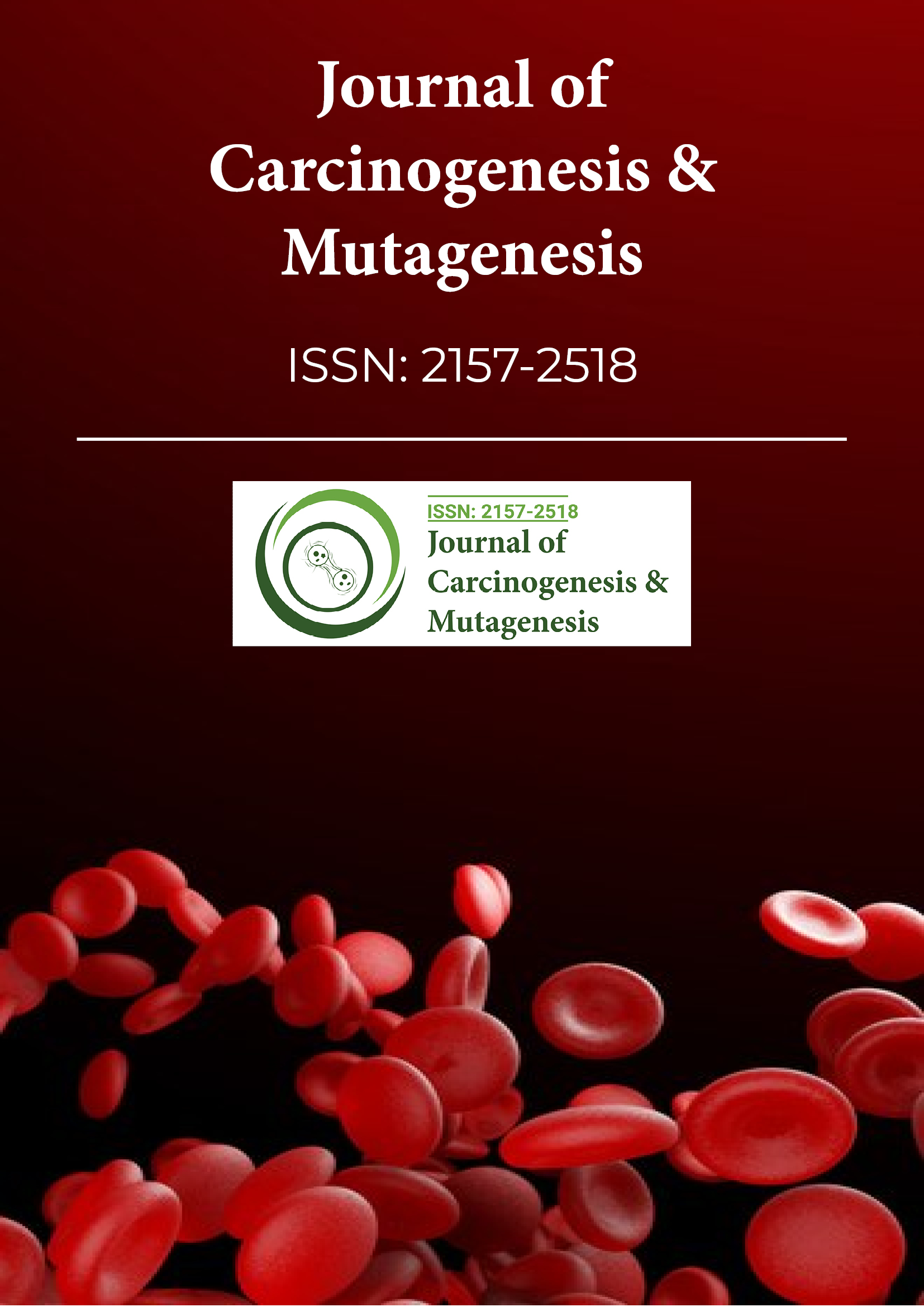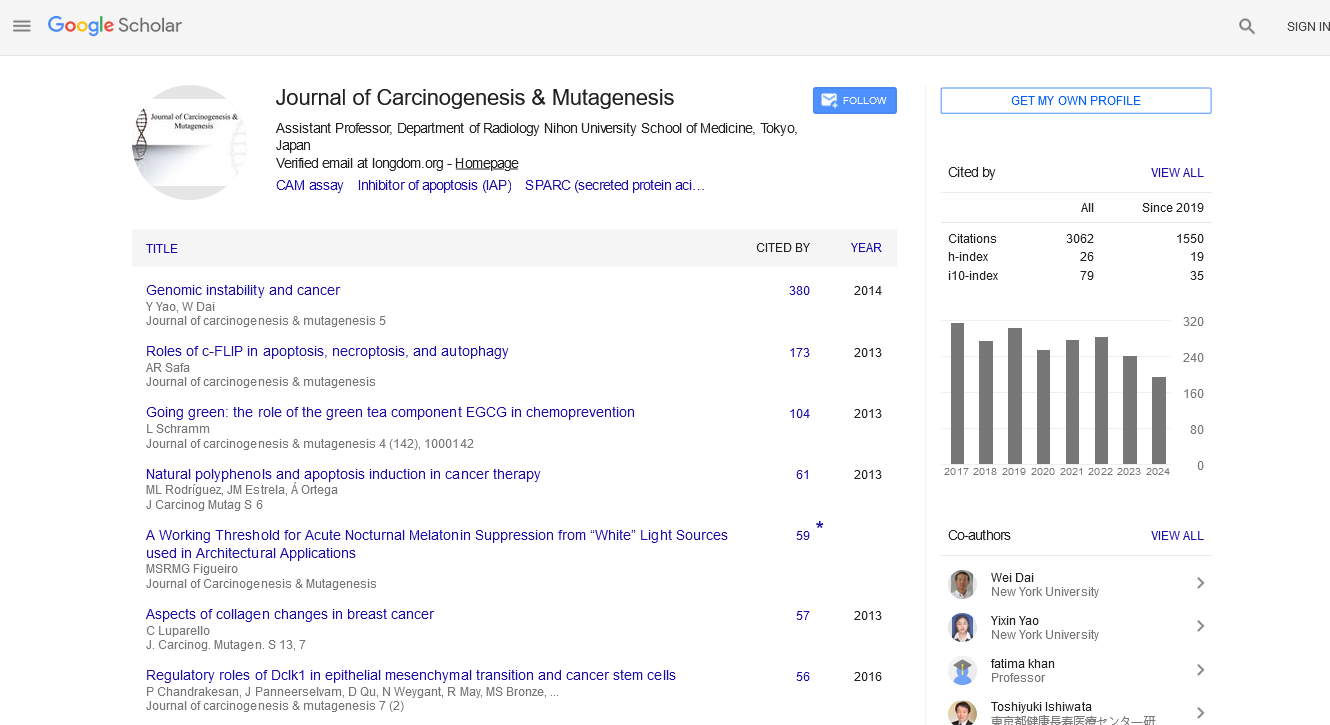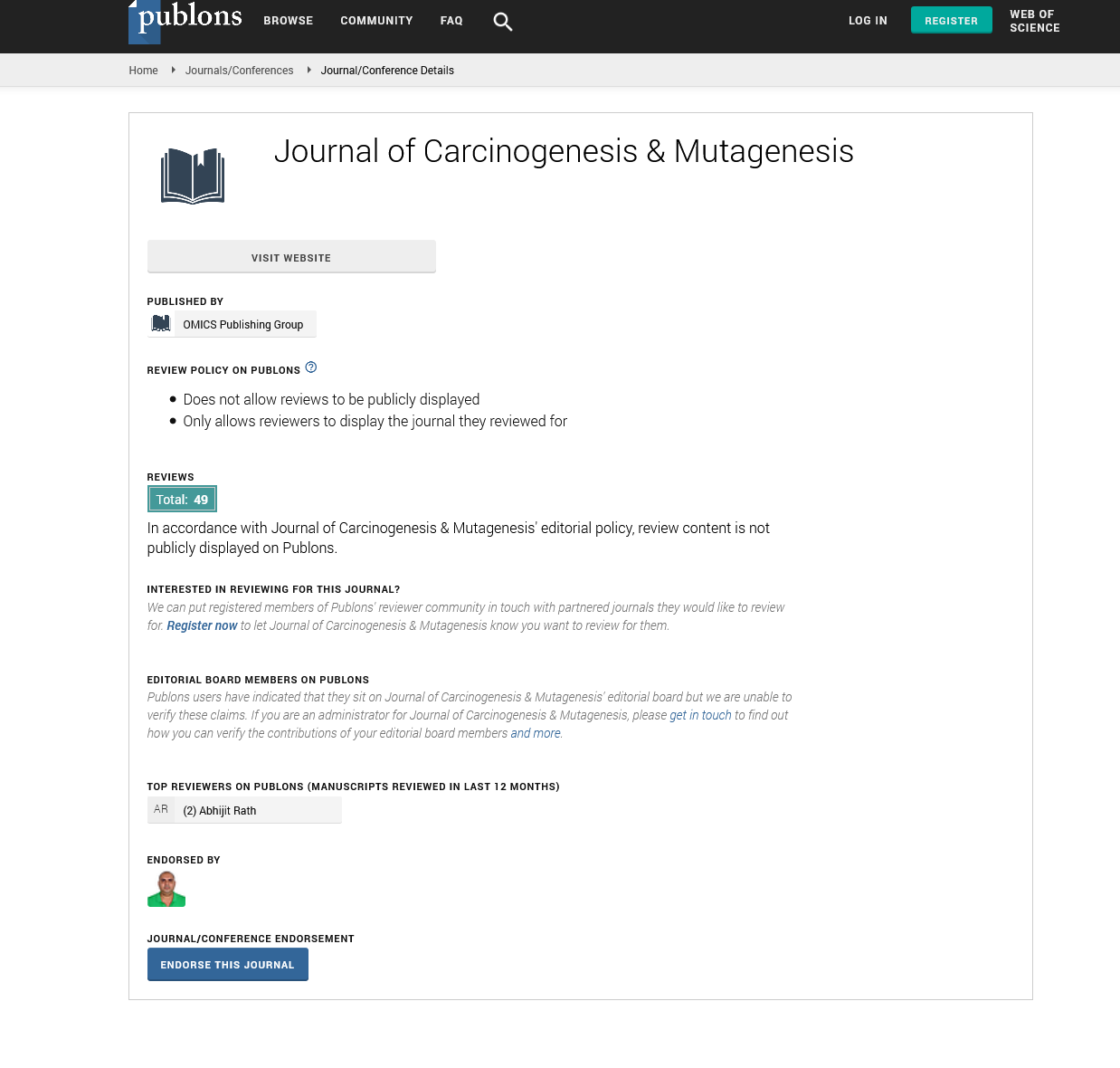PMC/PubMed Indexed Articles
Indexed In
- Open J Gate
- Genamics JournalSeek
- JournalTOCs
- Ulrich's Periodicals Directory
- RefSeek
- Hamdard University
- EBSCO A-Z
- OCLC- WorldCat
- Publons
- Geneva Foundation for Medical Education and Research
- Euro Pub
- Google Scholar
Useful Links
Share This Page
Journal Flyer

Open Access Journals
- Agri and Aquaculture
- Biochemistry
- Bioinformatics & Systems Biology
- Business & Management
- Chemistry
- Clinical Sciences
- Engineering
- Food & Nutrition
- General Science
- Genetics & Molecular Biology
- Immunology & Microbiology
- Medical Sciences
- Neuroscience & Psychology
- Nursing & Health Care
- Pharmaceutical Sciences
Perspective - (2022) Volume 0, Issue 0
Honey and its use in Cancer Therapy
Received: 30-Mar-2022, Manuscript No. JCM-22-16693; Editor assigned: 01-Apr-2022, Pre QC No. JCM-22-16693(PQ); Reviewed: 15-Apr-2022, QC No. JCM-22-16693; Revised: 22-Apr-2022, Manuscript No. JCM-22-16693(R); Published: 02-May-2022, DOI: 10.35248/2157-2518.22.S31.003
Description
Honey plays an important role in food preservation and human health by combating oxidative damage by reducing the risk of heart disease, cancer, weakened immune system, cataracts, and various inflammatory processes. It serves as a source of natural antioxidants. Honey has long been used for both medicinal and home use, but its antioxidant properties have only recently been in the limelight. As the demand for antioxidants in the diet increases, honey is rich in phenolic acids and flavonoids, as well as other antioxidants such as glucose oxidases, catalase, ascorbic acid, carotenoid derivatives, organic acids, amino acids and proteins. As a result, it is becoming more popular as a source of antioxidants. Antioxidants have multiple preventative effects against various diseases such as cancer, cardiovascular disease, inflammatory diseases, neurodegenerative diseases, wound healing, infectious diseases, and aging, and are useful for searching foods rich in antioxidants.
Honey is considered the most sustainable naturally produced food. It contains sugar, vitamins and minerals and has high antioxidant activity. Cancer is increasing in most countries. The onset of cancer is a multi-step process with multiple factors. These include hypo immunity, chronic infections, chronic inflammation, chronic non-healing ulcers, smoking and obesity. Studies published so far have shown that honey improves immune status, has anti-inflammatory and antibacterial properties, and promotes healing of chronic ulcers; wounds and toxins. Honey has recently been shown to have anti-cancer effects in cell cultures and animal models.
Honey contains oestrogen by its antagonistic action since it is useful in oestrogen-dependent cancers such as breasts and endometrial cancer. In order to know about the usefulness of honey we have understand that there are different factor in considering the cause of cancer. Due to carcinogenesis nothing but due to formation of normal cell to cancer cells. The development of cancer takes long duration it takes place in progressive process. The cell damage can be done in one factor or the multiple factor.
Antimicrobial activity of honey
The high antibacterial activity of honey has been confirmed in many in vitro studies and in vivo studies. Several important differences in honey activity from different plant sources have been revealed. In general, mold and yeast are less sensitive to the activity of this product because high concentrations of 30-50% are required to inhibit the growth of this group of microorganisms. Much higher activity is observed in bacteria, and Gram-positive bacteria are particularly sensitive. Only certain types of illnesses can be treated with honey, given the mechanism of action, method of application, and dosage of the product required to effectively eliminate the bacteria. Infected wounds, skin and soft tissue infections, upper respiratory tract infections, gastrointestinal mucosa, vaginal mucosa, and gastric ulcers caused by some specific diseases such as Helicobacter pylori. This limitation was the main criterion for the selection of bacterial species for the following explanation of the study results on the antibacterial activity of honey and its potential application in clinical practice or prevention of some diseases. Honey may lay the foundation for the development of new therapies for patients with cancer and cancer-related tumors. Fragments of jungle honey have been shown to show chemotaxis induction of neutrophils and Reactive Oxygen Species (ROS), demonstrating their antitumor activity. Honey also helps with painful mouth infections caused by cancer treatments. Compared to conventional treatment, honey was more likely to relieve moderate or severe pain in patients after the radiation and chemotherapy.
When the consumption of honey in take may leads to low risk of chronic infection. The cancer is caused by proliferation of cells and also changes in DNA due to exposure to carcinogenic substances. And also due to the infectious agent s such as HIV which induces the immunosuppression.
Honey has potential use in cancer therapy
Recent studies on human breast, cervical, oral and osteosarcoma cancer cell lines using Malaysian jungle tualang honey showed significant anticancer activity. Honey has also been shown to have antineoplastic activity in an experimental bladder model in vivo and in-vitro.
Honey is rich in flavonoids. Flavonoids are of great interest to researchers due to their anti-cancer properties. The proposed mechanisms are very diverse, including inhibition of cell proliferation, induction of apoptosis and cell cycle proliferation, and inhibition of lipoprotein oxidation. It has been shown to induce early and late apoptosis and disruption of mitochondrial membrane potential. Honey is thought to mediate these beneficial effects by major components such as chrysin and other flavonoids. Therefore, honey is also available with antiviral properties in the treatment of various illnesses, honey is very cheap compared to other supplements, and the risk of causing side effects is minimized.
Citation: Laube C (2022) Honey and its use in Cancer Therapy. J Carcinog Mutagen. S31:003.
Copyright: © 2022 Laube C. This is an open-access article distributed under the terms of the Creative Commons Attribution License, which permits unrestricted use, distribution, and reproduction in any medium, provided the original author and source are credited.


